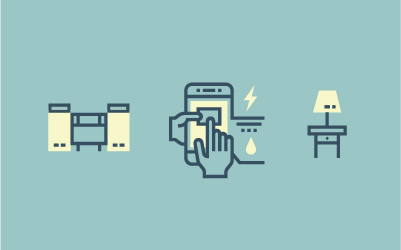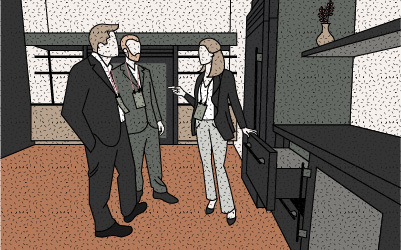Industry Trends
Editor's note: We published this post before the global pandemic, yet today wellness in the home plays an even more substantial role. With social distancing and, in some areas, shelter in place orders deeply affecting the way we live, work and play, how your brand's products and services support holistic wellness may just be more important than ever.
Wellness is gaining ground as more than just a fleeting trend: It’s become a movement, a lifestyle, a mindset. Coined by a network of innovators and thought leaders in the 1970s, wellness has reached a dramatic tipping point, transforming every industry (not just health and beauty) and changing how we live. But how does it impact your home category brand?
Wellness, in many ways, is a return to simplicity — detoxing, uncluttering, de-stressing. Today, more people, overwhelmed by the sheer volume of content, options, marketing and products, are experiencing a minimalist moment. As a result, they’re bringing a “less is more” mentality to everything from their diet to their homes and closets.
People who live a wellness lifestyle are also driven by values — values that form the core of their aesthetic identities. Whether creating maker spaces, preserving family heirlooms or filling their homes with indulgences in an expression of economic empowerment (no matter what style they call their own), they’re influenced by a wellness mindset that originated from deep within, in a place filled with meaning.
The home and building category is still a relative newcomer to the wellness movement, while consumers are already integrating wellness into all aspects of daily life.
Consider:
The wellness movement changes everything, not just health products and services.
Home décor, building, renovations and wellness: What could they possibly have in common? A LOT.
Home and building category brands have a big opportunity to tell a story through the lens of wellness while simultaneously creating better, more positive experiences for customers who have already moved past simple “health.” After all, what could be more personal or have a greater impact on our well-being than the homes where we eat and sleep and exercise and raise our family?


